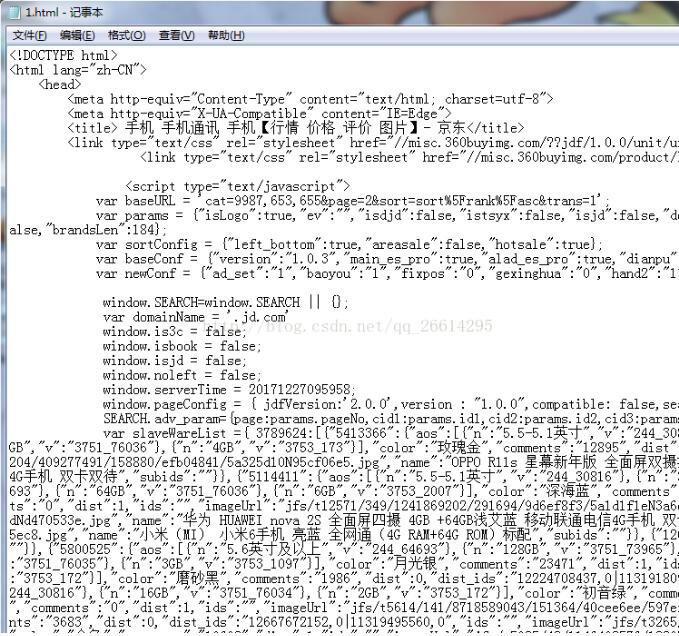Python实现的自定义多线程多进程类示例
本文实例讲述了Python实现的自定义多线程多进程类。分享给大家供大家参考,具体如下:
最近经常使用到对大量文件进行操作的程序以前每次写的时候都要在函数中再写一个多线程多进程的函数,做了些重复的工作遇到新的任务时还要重写,因此将多线程与多进程的一些简单功能写成一个类,方便使用。功能简单只为以后方便使用。
使用中发现bug会再进行更新
#!/usr/bin/env python
# -*- coding: utf-8 -*-
# @Time : 2017/5/10 12:47
# @Author : zhaowen.zhu
# @Site :
# @File : MultiThread.py
# @Software: Python Idle
import threading,time,sys,multiprocessing
from multiprocessing import Pool
class MyTMultithread(threading.Thread):
'''''
自定义的线程函数,
功能:使用多线程运行函数,函数的参数只有一个file,并且未实现结果值的返回
args:
filelist 函数的参数为列表格式,
funname 函数的名字为字符串,函数仅有一个参数为file
delay 每个线程之间的延迟,
max_threads 线程的最大值
'''
def __init__(self,filelist,delay,funname,max_threads = 50):
threading.Thread.__init__(self)
self.funname = funname
self.filelist = filelist[:]
self.delay = delay
self.max_threads = max_threads
def startrun(self):
def runs():
time.sleep(self.delay)
while True:
try:
file = self.filelist.pop()
except IndexError as e:
break
else:
self.funname(file)
threads = []
while threads or self.filelist:
for thread in threads:
if not thread.is_alive():
threads.remove(thread)
while len(threads) < self.max_threads and self.filelist:
thread = threading.Thread(target = runs)
thread.setDaemon(True)
thread.start()
threads.append(thread)
class Mymultiprocessing (MyTMultithread):
'''''
多进程运行函数,多进程多线程运行函数
args:
filelist 函数的参数为列表格式,
funname 函数的名字为字符串,函数仅有一个参数为file
delay 每个线程\进程之间的延迟,
max_threads 最大的线程数
max_multiprocess 最大的进程数
'''
def __init__(self,filelist,delay,funname,max_multiprocess = 1,max_threads = 1):
self.funname = funname
self.filelist = filelist[:]
self.delay = delay
self.max_threads = max_threads
self.max_multiprocess = max_multiprocess
self.num_cpus = multiprocessing.cpu_count()
def multiprocessingOnly(self):
'''''
只使用多进程
'''
num_process = min(self.num_cpus,self.max_multiprocess)
processes = []
while processes or self.filelist:
for p in processes:
if not p.is_alive():
# print(p.pid,p.name,len(self.filelist))
processes.remove(p)
while len(processes) < num_process and self.filelist:
try:
file = self.filelist.pop()
except IndexError as e:
break
else:
p = multiprocessing.Process(target=self.funname,args=(file,))
p.start()
processes.append(p)
def multiprocessingThreads(self):
num_process = min(self.num_cpus,self.max_multiprocess)
p = Pool(num_process)
DATALISTS = []
tempmod = len(self.filelist) % (num_process)
CD = int((len(self.filelist) + 1 + tempmod)/ (num_process))
for i in range(num_process):
if i == num_process:
DATALISTS.append(self.filelist[i*CD:-1])
DATALISTS.append(self.filelist[(i*CD):((i+1)*CD)])
try:
processes = []
for i in range(num_process):
#print('wait add process:',i+1,time.clock())
#print(eval(self.funname),DATALISTS[i])
MultThread = MyTMultithread(DATALISTS[i],self.delay,self.funname,self.max_threads)
p = multiprocessing.Process(target=MultThread.startrun())
#print('pid & name:',p.pid,p.name)
processes.append(p)
for p in processes:
print('wait join ')
p.start()
print('waite over')
except Exception as e:
print('error :',e)
print ('end process')
def func1(file):
print(file)
if __name__ == '__main__':
a = list(range(0,97))
'''''
测试使用5线程
'''
st = time.clock()
asc = MyTMultithread(a,0,'func1',5)
asc.startrun()
end = time.clock()
print('*'*50)
print('多线程使用时间:',end-st)
#测试使用5个进程
st = time.clock()
asd = Mymultiprocessing(a,0,'func1',5)
asd.multiprocessingOnly()
end = time.clock()
print('*'*50)
print('多进程使用时间:',end-st)
#测试使用5进程10线程
st = time.clock()
multiPT = Mymultiprocessing(a,0,'func1',5,10)
multiPT.multiprocessingThreads()
end = time.clock()
print('*'*50)
print('多进程多线程使用时间:',end-st)
更多关于Python相关内容感兴趣的读者可查看本站专题:《Python进程与线程操作技巧总结》、《Python Socket编程技巧总结》、《Python数据结构与算法教程》、《Python函数使用技巧总结》、《Python字符串操作技巧汇总》、《Python入门与进阶经典教程》及《Python文件与目录操作技巧汇总》
希望本文所述对大家Python程序设计有所帮助。
